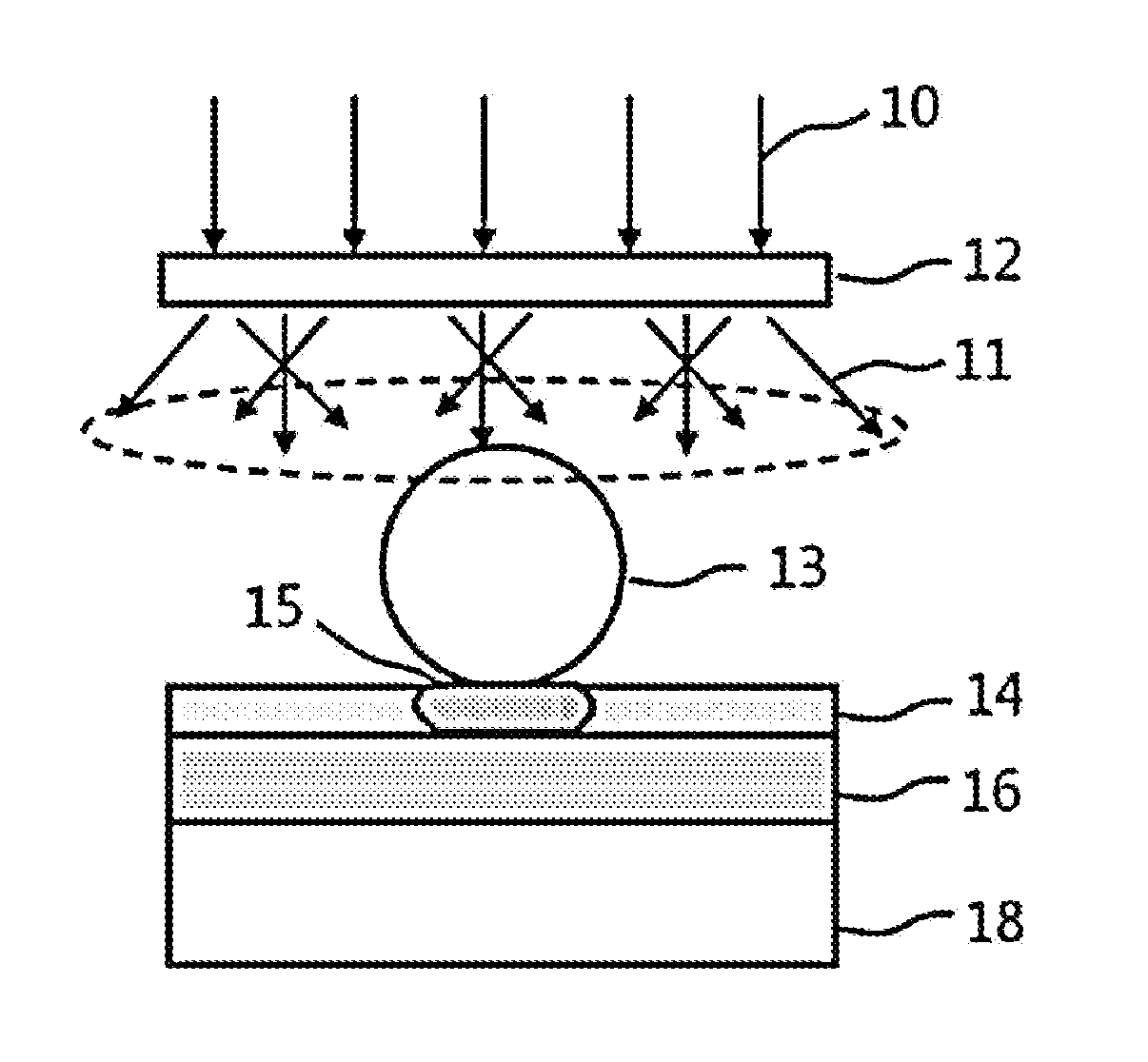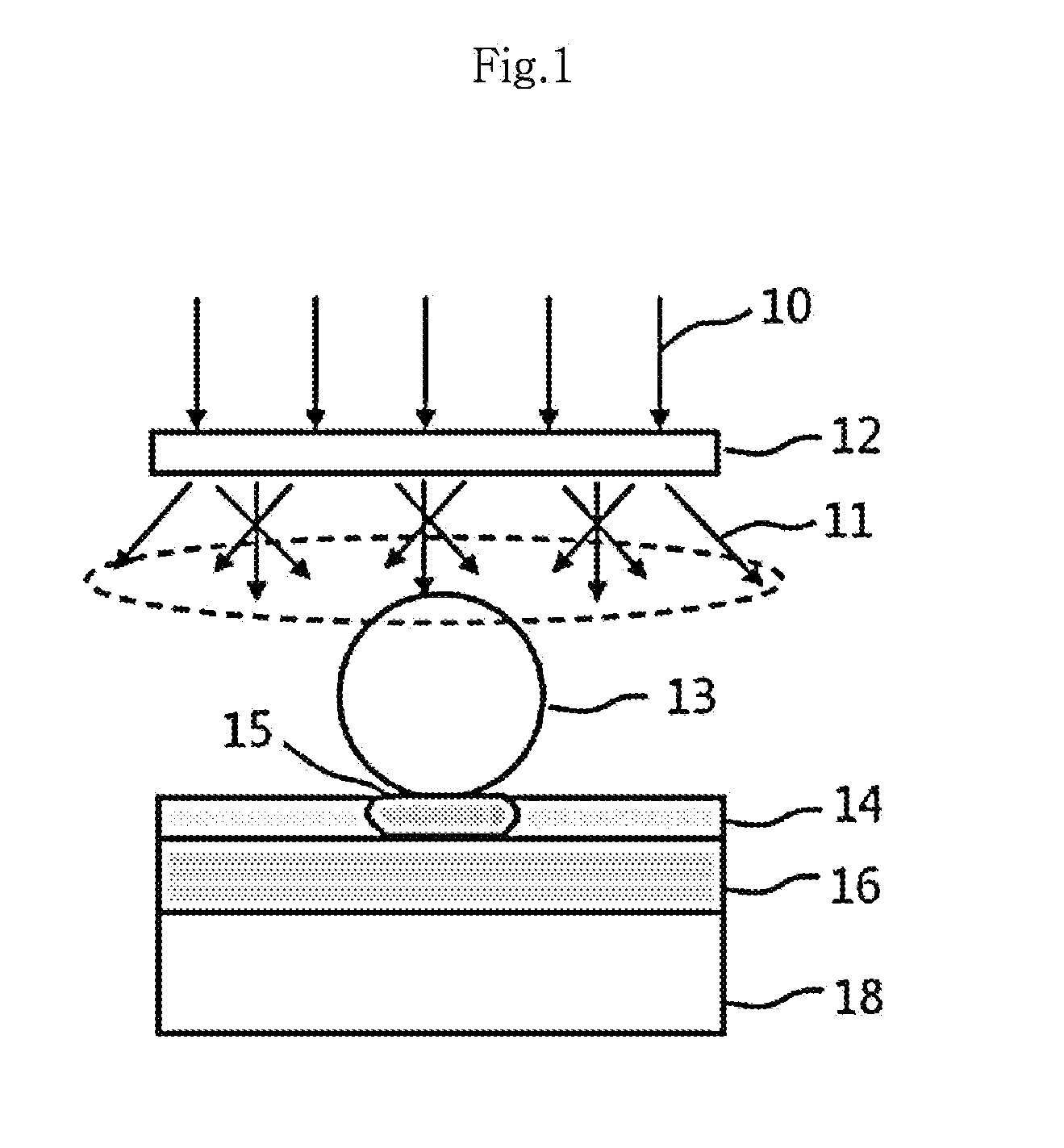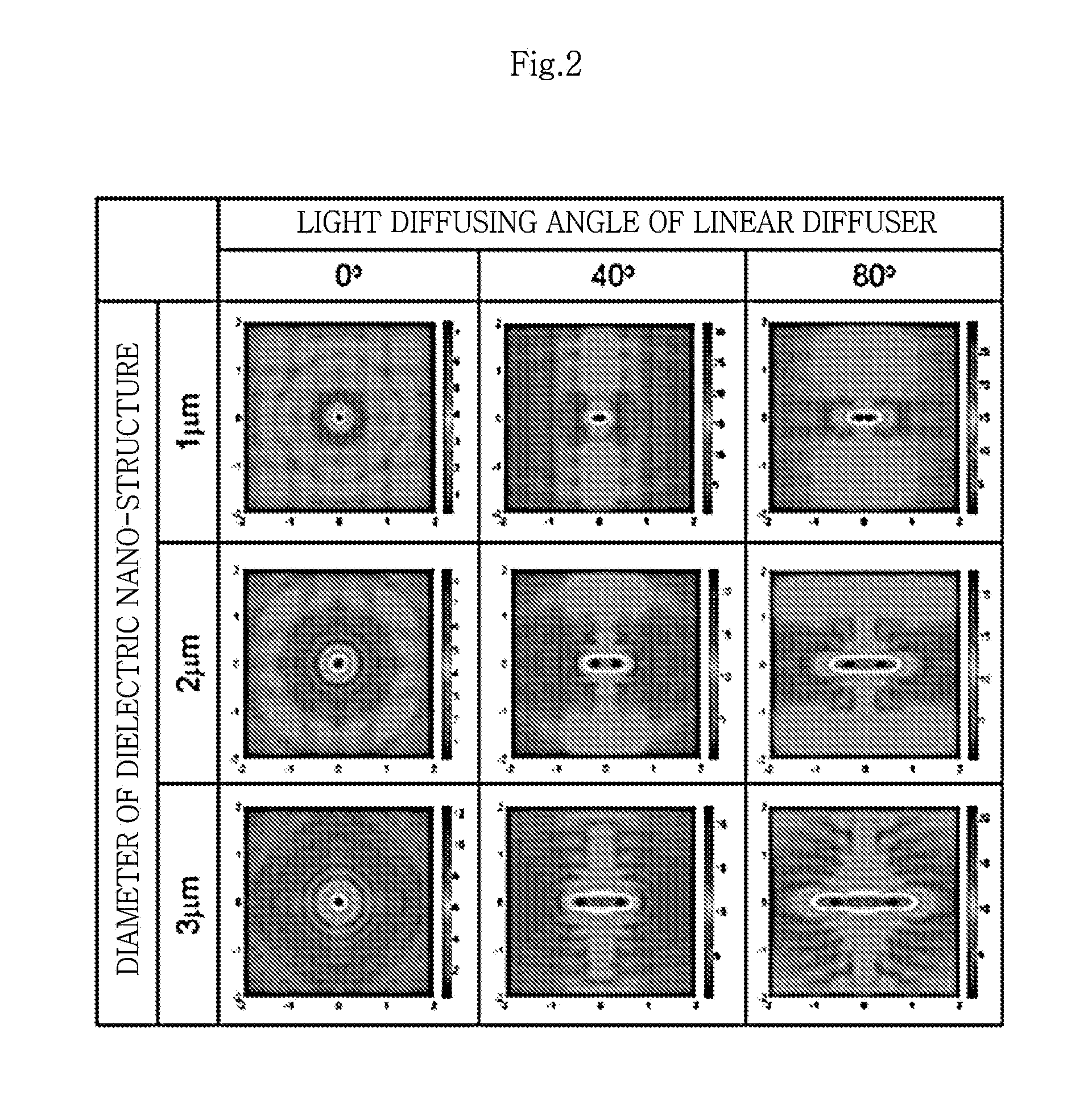Method for fabricating nanoantenna array, nanoantenna array chip and structure for lithography
a nanoantenna array and array chip technology, applied in the field of nanoantenna array, nanoantenna array chip and structure for lithography, can solve the problems of inconvenient fabrication inability to fabricate large-area array chips, and inability to meet the requirements of large-area array chips, etc., to achieve the enhancement of local electric fields and improve sensitivity to the change of surrounding environments. , the effect of easy implementation
- Summary
- Abstract
- Description
- Claims
- Application Information
AI Technical Summary
Benefits of technology
Problems solved by technology
Method used
Image
Examples
Embodiment Construction
[0039]Hereinafter, embodiments of the present disclosure will be described in detail with reference to the accompanying drawings.
[0040]FIG. 1 is a schematic diagram showing an exemplary processing unit for performing a method for fabricating a nanoantenna array (hereinafter, also referred to as a nanoantenna array fabricating method) according to an embodiment of the present disclosure. The processing unit may be a structure for lithography according to an embodiment of the present disclosure, and the structure for lithography may include a linear diffuser 12, a focusing layer having an array of dielectric microstructures 13 and a resist layer 14.
[0041]Referring to FIG. 1, the nanoantenna array fabricating method according to an embodiment will be described. First, the resist layer 14 is formed on a substrate 18. The resist layer 14 may be configured to have a dual-layered structure having an additional lower undercut-forming layer 16, which is etched by most developing solutions, a...
PUM
| Property | Measurement | Unit |
|---|---|---|
| resonance wavelength | aaaaa | aaaaa |
| diameter | aaaaa | aaaaa |
| resonance wavelength | aaaaa | aaaaa |
Abstract
Description
Claims
Application Information
 Login to View More
Login to View More - R&D
- Intellectual Property
- Life Sciences
- Materials
- Tech Scout
- Unparalleled Data Quality
- Higher Quality Content
- 60% Fewer Hallucinations
Browse by: Latest US Patents, China's latest patents, Technical Efficacy Thesaurus, Application Domain, Technology Topic, Popular Technical Reports.
© 2025 PatSnap. All rights reserved.Legal|Privacy policy|Modern Slavery Act Transparency Statement|Sitemap|About US| Contact US: help@patsnap.com



